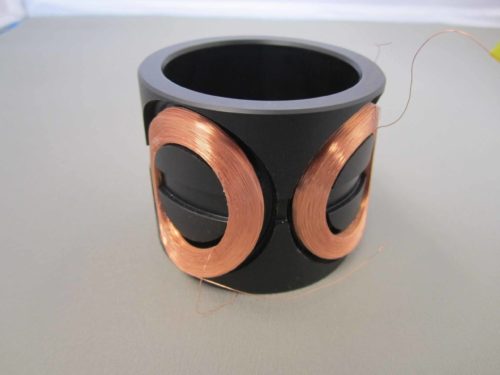An electric coil is a component commonly found in electrical systems, consisting of wire wound into a series of loops or turns. Its primary function is to generate an electromagnetic field when an electrical current flows through it. These magnetic flux lines are utilized in various applications, such as electric motors, transformers, inductors, and heating elements.
With a legacy of over 70 years, Endicott Coil Company has established itself as a leading force in custom coils! Our commitment to excellence places us at the forefront of supplying premium components to a diverse array of original equipment manufacturers (OEMs). Moreover, our expertise lies in creating tailor-made copper coils that are finely crafted to meet our clients’ exact specifications.
Operating Principles of an Electric Coil in the Electronics Industry
The working principles of electric coils are fundamental to numerous applications in the electronics industry. At its core, these components are designed based on Faraday’s law of electromagnetic induction. When a current flows through the coil, it generates a magnetic field around it. This results in an electromotive force (EMF) or voltage induction.
In transformers, electric coils transfer electrical energy between different circuits. The main part generates a magnetic field, which creates a voltage in the secondary coil via electromagnetic induction. This enables effective voltage transformation. Similarly, with inductors, the coil’s ability to store energy in a magnetic field resists current variations, contributing to circuit stability.
Electric coils are also vital in solenoids, where the generated magnetic flux line produces linear or rotational motion. This is employed in various applications, including actuators and switches. Moreover, in electric motors, the coils are positioned to interact with magnetic fields, converting electrical energy into mechanical motion.
Types of Electric Coils
The following are the most popular types of coils and their respective applications:








